Home>Furniture>Bedroom Furniture>How To Crack Your Back In Bed


Bedroom Furniture
How To Crack Your Back In Bed
Modified: December 7, 2023
Looking for ways to crack your back in bed? Discover our bedroom furniture options designed for ultimate comfort and support.
(Many of the links in this article redirect to a specific reviewed product. Your purchase of these products through affiliate links helps to generate commission for Storables.com, at no extra cost. Learn more)
Introduction
Welcome to the world of cracking your back in bed! If you’ve ever experienced back discomfort or stiffness, you know how valuable it can be to find effective ways to alleviate the tension. Cracking your back in bed is a popular method that many people find helpful in achieving relief and improving their overall well-being.
In this article, we’ll explore the benefits of cracking your back, as well as important precautions and safety measures to keep in mind. We’ll also dive into various techniques that you can practice in bed to crack your back safely and effectively.
Before we begin, it’s crucial to note that although cracking your back can provide temporary relief, it should not be used as a substitute for professional medical advice. Additionally, if you have any pre-existing conditions or back injuries, it’s always best to consult with a healthcare professional before attempting any back cracking techniques.
Now, let’s discover the benefits that cracking your back in bed can offer.
Key Takeaways:
- Cracking your back in bed can provide relief, but safety is key. Consult a professional, start gently, and listen to your body to avoid injury and maximize benefits.
- Incorporating techniques like stretching, foam rolling, and pillow support can help crack your back in bed safely and improve overall spinal health. Always prioritize safety and moderation.
Read more: What Is The Best Bed For Back Pain
Benefits of Cracking Your Back
When done correctly and safely, cracking your back in bed can provide several benefits for your overall spinal health and comfort. Here are some of the key advantages:
- Relieves Tension and Stiffness: Cracking your back helps to release built-up tension and stiffness in the spinal joints, allowing for improved flexibility and range of motion.
- Alleviates Back Pain: Cracking your back can help to alleviate mild to moderate back pain by reducing pressure on the nerves and improving blood flow to the affected area. It can provide temporary relief from conditions such as muscle strains and minor spinal misalignments.
- Enhances Spinal Alignment: By cracking your back, you can realign the vertebrae in your spine, promoting optimal spinal alignment. This can have a positive impact on your posture, balance, and overall spinal health.
- Improves Joint Mobility: Cracking your back can increase joint mobility by reducing restrictions and improving the function of the synovial fluid, which lubricates the joints. This can enhance your overall flexibility and make daily movements easier.
- Relaxes Muscles: Back cracking can help relax tight muscles that may be contributing to discomfort or limited mobility. By releasing the tension in these muscles, you can experience improved relaxation and reduced muscle soreness.
- Promotes Overall Well-being: When you crack your back, it can provide a sense of relief and relaxation. This can have a positive impact on your mental and emotional well-being, reducing stress and promoting a greater sense of comfort and ease.
Keep in mind that the benefits of cracking your back can vary from person to person. It’s important to listen to your body and only perform techniques that feel comfortable and safe for you. Now that we understand the benefits, let’s discuss important precautions and safety measures to consider.
Precautions and Safety Measures
While cracking your back can provide relief and promote spinal health, it’s essential to approach it with caution and adhere to certain safety measures. Here are some precautions to keep in mind:
- Consult with a Healthcare Professional: If you have any pre-existing back conditions, injuries, or concerns, it’s crucial to discuss cracking your back with a healthcare professional prior to attempting any techniques. They can offer guidance tailored to your specific needs and ensure your safety.
- Warm Up Your Back: Before attempting any back-cracking techniques, it’s important to warm up your back muscles and joints. You can do this by practicing gentle stretching exercises or taking a warm shower or bath to loosen the muscles.
- Start Slowly and Gently: When cracking your back, always start with gentle movements and gradually increase intensity if it feels comfortable. Avoid forcefully twisting your back or applying excessive pressure, as this can lead to injury.
- Avoid Cracking Multiple Times a Day: Cracking your back excessively or multiple times a day can put unnecessary strain on your spine and surrounding muscles. It’s best to limit cracking to once or twice a day, as needed for relief.
- Listen to Your Body: Pay attention to how your body feels during and after back cracking. If you experience any sharp or severe pain, discomfort, or a worsening of symptoms, stop immediately and seek medical advice.
- Combine Techniques: Instead of relying solely on one method, consider combining different techniques, such as stretching, self-trigger point therapy, and using props like pillows or foam rollers. This can provide a more holistic approach to back cracking and reduce the potential strain on specific areas of your spine.
- Be Mindful of Your Limitations: Everyone’s body is unique, and what works for one person may not work for another. Respect your individual limitations and avoid pushing yourself beyond what feels comfortable and safe.
By following these precautions and safety measures, you can minimize the risk of injury and maximize the benefits of cracking your back. Now, let’s dive into some techniques that can help you crack your back comfortably in bed.
Techniques to Crack Your Back in Bed
Now that you understand the benefits of cracking your back and the precautions to take, let’s explore some techniques that you can try in the comfort of your own bed:
- Spinal Stretching and Rotation: Lie on your back with your knees bent and feet flat on the bed. Slowly rotate your hips to one side while keeping your upper body still. Hold for a few seconds and then rotate to the other side. This gentle twisting motion can help release tension in your back.
- Self-Trigger Point Therapy: Use your fingers or a massage tool to apply gentle pressure to any areas of tension or discomfort in your back. Move your fingers in small circular motions, or use a massage ball to target trigger points. This can help release tight muscles and promote relaxation.
- Pillow Support and Positioning: Place a pillow under your knees while lying on your back or between your knees while lying on your side. This can help align your spine and alleviate pressure on your back. Experiment with different pillow sizes and positions to find what feels most comfortable for you.
- Gentle Stretching Exercises: Perform gentle stretching exercises such as knee-to-chest stretches, cat-cow stretches, or bridge poses. These movements can help improve flexibility and relieve tension in your back.
- Foam Rolling: Use a foam roller to apply gentle pressure along your back, targeting areas of tension. Roll slowly back and forth, focusing on the muscles on either side of your spine. This can help release tight muscles and improve mobility.
- Using a Tennis Ball or Massage Ball: Place a tennis ball or massage ball between your back and the bed or against a wall. Apply gentle pressure and move your body to the ball, targeting areas of discomfort. This can help release tension and promote relaxation.
Remember to listen to your body and only perform techniques that feel comfortable and safe. If any technique causes pain or discomfort, stop immediately.
Incorporating these techniques into your routine can provide you with a variety of options to crack your back in bed. Experiment with different techniques and find what works best for your body and preferences.
Spinal Stretching and Rotation
Spinal stretching and rotation is a simple yet effective technique that can help you crack your back in bed. Here’s how to do it:
- Start by lying on your back with your knees bent and feet flat on the bed. Keep your arms relaxed by your sides.
- Slowly and gently rotate your hips and lower body to one side, while keeping your upper body still. Stop when you feel a comfortable stretch in your lower back.
- Hold this position for a few seconds, taking deep breaths and relaxing into the stretch. Feel the gentle twist in your spine.
- Return to the starting position and then repeat the rotation to the opposite side. Again, hold for a few seconds and focus on the stretch in your lower back.
- Continue alternating between the two sides for a few repetitions, listening to your body and moving within a comfortable range of motion.
During the rotation, you may hear popping or cracking sounds, which are normal and indicate the release of gases trapped in the joint. However, it’s important to note that you should not force the twisting motion or try to crack your back forcefully. The goal is to achieve a gentle stretch and release tension in your spine.
Remember to be mindful of any discomfort or pain during the rotation. If you experience sharp or severe pain, stop immediately and consult with a healthcare professional.
Spinal stretching and rotation can be a helpful technique to release tension and improve mobility in your back. However, it’s always best to consult with a healthcare professional if you have any pre-existing conditions or concerns regarding your back health.
Now, let’s move on to the next technique: self-trigger point therapy.
Read more: Why Does My Bed Hurt My Back
Self-Trigger Point Therapy
Self-trigger point therapy is a technique that involves applying gentle pressure to specific areas of tension or discomfort in your back. It can help release tight muscles and promote relaxation. Here’s how to practice self-trigger point therapy in bed:
- Start by lying on your back or side, finding a comfortable position.
- Locate the areas of your back that feel tight or sore. These are commonly referred to as trigger points.
- Using your fingers or a massage tool, apply gentle pressure to the trigger point. Start with mild pressure and gradually increase as needed, but always stay within a comfortable range.
- Move your fingers or the tool in small circular motions or back and forth to release the tension in the muscle.
- Take slow, deep breaths as you apply the pressure and try to relax the surrounding muscles.
- Continue the self-trigger point therapy for a few minutes, focusing on each trigger point and adjusting the pressure as necessary.
It’s important to note that you should never apply excessive or painful pressure to the trigger points. The goal is to stimulate the muscle, not to cause discomfort or harm. If you experience any sharp or severe pain, stop immediately and seek guidance from a healthcare professional.
Self-trigger point therapy can be a valuable technique for relieving muscle tension and promoting relaxation in your back. However, if you have any underlying health conditions or are unsure about how to perform this technique safely, it’s recommended to consult with a healthcare professional.
Now, let’s move on to the next technique: pillow support and positioning.
When cracking your back in bed, start by lying on your back and gently pulling your knees towards your chest. This can help release tension in your lower back. Always listen to your body and stop if you feel any pain.
Pillow Support and Positioning
Pillow support and positioning can play a crucial role in maintaining proper spine alignment and reducing back discomfort. Here’s how you can use pillows to crack your back in bed:
- Lie on your back and experiment with different pillow positions to find the most comfortable setup for your body.
- You can start by placing a pillow under your knees. This helps relieve pressure on your lower back and promotes a more neutral spine position.
- If you prefer to lie on your side, consider placing a pillow between your knees. This helps align your hips and reduce strain on your back.
- If you experience discomfort in a specific area of your back, try strategically placing a pillow underneath that area for extra support.
- Experiment with the size and firmness of the pillow to find the one that provides optimal support and comfort for your individual needs.
Pillow support and positioning can help align your spine and relieve pressure on your back, allowing for a more comfortable experience when cracking your back. However, it’s important to note that pillow support alone may not be sufficient for everyone, especially those with underlying back conditions or injuries. If you’re unsure about the appropriate pillow setup for your specific situation, it’s best to consult with a healthcare professional.
Now that you’re familiar with the benefits of pillow support and positioning, let’s move on to the next technique: gentle stretching exercises.
Gentle Stretching Exercises
Gentle stretching exercises can help relieve tension and improve flexibility in your back. Here are some exercises you can try in bed to crack your back:
- Knee-to-Chest Stretch: Start by lying on your back with your knees bent. Slowly bring one knee towards your chest, clasping your hands around your shin or behind your thigh. Hold the stretch for 15-30 seconds, then release and repeat with the other leg.
- Cat-Cow Stretch: Begin on your hands and knees, with your hands directly under your shoulders and your knees under your hips. As you inhale, arch your back and lift your head, allowing your belly to lower towards the bed. As you exhale, round your spine and tuck your chin, drawing your belly button towards your spine. Repeat this flowing movement for several breaths.
- Bridge Pose: Lie on your back with your knees bent and feet flat on the bed. Press your feet into the bed as you lift your hips off the mattress, coming into a bridge position. Keep your shoulders and feet grounded, engaging your core and glutes. Hold the pose for 15-30 seconds, then gently lower your hips back down to the bed.
- Child’s Pose: Sit back on your heels and slowly lower your torso towards the bed, reaching your arms forward. Rest your forehead on the mattress and allow your back to relax. Take deep, slow breaths and hold the pose for several minutes.
Remember to approach these stretches gently and respect your body’s limits. Never force a stretch or push through any pain. If a stretch feels uncomfortable or causes pain, stop immediately and consult with a healthcare professional.
Gentle stretching exercises can help improve flexibility, loosen tight muscles, and provide relief in your back. Incorporate these exercises into your regular routine, practicing them consistently to reap their benefits. Now, let’s move on to the next technique: foam rolling.
Foam Rolling
Foam rolling is a self-myofascial release technique that can help reduce muscle tension and promote flexibility in your back. Here’s how to use a foam roller to crack your back in bed:
- Start by lying on your back with a foam roller positioned horizontally under your mid-back.
- Engage your core and use your legs to gently roll back and forth along the length of the foam roller, from your mid-back to your upper back.
- Focus on areas that feel tight or tender, pausing for a few seconds on those spots to apply gentle pressure and encourage the release of tension.
- Continue rolling for a few minutes, allowing the foam roller to massage and relax your back muscles.
During foam rolling, you may experience some discomfort or pressure sensations, but it should not be overly painful. If there is sharp or intense pain, stop immediately and consult with a healthcare professional.
Remember to take deep breaths and relax your body as you foam roll. If you find it challenging to lie directly on the foam roller, you can modify the technique by placing the roller against a wall and leaning back into it, targeting specific areas of your back.
Foam rolling can be a great technique to release tension and tightness in your back muscles. Incorporate it into your routine regularly to maintain optimal mobility and flexibility. Now, let’s move on to the next technique: using a tennis ball or massage ball.
Read more: How To Clean Your Bed
Using a Tennis Ball or Massage Ball
Using a tennis ball or massage ball can be an effective way to target specific areas of tension and discomfort in your back. Here’s how to use a tennis ball or massage ball to crack your back in bed:
- Lie down on your back or against a wall, depending on which position feels more comfortable for you.
- Place a tennis ball or massage ball between your back and the bed or the wall, targeting the area where you feel tightness or discomfort.
- Apply gentle pressure to the ball by leaning your body weight into it. Adjust the pressure as needed, making sure to stay within your comfort level.
- Move your body slightly, allowing the ball to roll and massage the tight muscles. You can also try gentle circular motions or back and forth movements to target specific trigger points.
- Take deep breaths and relax into the pressure, allowing the ball to release tension and promote relaxation in your back.
- Continue this technique for a few minutes, adjusting the position of the ball to target different areas of your back.
As with other cracking techniques, be mindful of your body’s response and avoid applying excessive or painful pressure. If you experience severe or sharp pain, stop immediately and seek guidance from a healthcare professional.
Using a tennis ball or massage ball can be a convenient and cost-effective way to relieve tension in your back. However, if you have any underlying health conditions or concerns, it’s always best to consult with a healthcare professional before attempting this technique.
Now that you’re familiar with different techniques to crack your back in bed, feel free to incorporate these methods into your routine. Remember to listen to your body, start slowly, and adjust the intensity based on your comfort level. Enjoy the benefits of a more relaxed and comfortable back!
If you have any persistent pain or discomfort, it’s always recommended to consult with a healthcare professional for a comprehensive evaluation and personalized advice.
Cracking your back in bed can provide temporary relief and improve your overall spinal health, but it’s important to prioritize safety and moderation in your approach. Keep in mind that everyone’s body is unique, and what works for one person may not work for another. Listen to your body’s signals, be aware of your limitations, and always seek professional advice if you have any concerns or pre-existing conditions.
Disclaimer: This article is for informational purposes only and should not be considered medical advice. Always consult with a healthcare professional before attempting any new exercise or therapeutic technique.
Conclusion
Cracking your back in bed can be a beneficial practice for relieving tension, improving mobility, and promoting spinal health. By incorporating various techniques such as spinal stretching, self-trigger point therapy, pillow support, gentle stretching exercises, foam rolling, and using a tennis ball or massage ball, you can effectively crack your back in the comfort of your own bed.
However, it is crucial to approach back cracking with caution and prioritize your safety. Always consult with a healthcare professional if you have any pre-existing back conditions or concerns. Additionally, remember to start slowly, listen to your body, and adjust the techniques to your comfort level. Do not force any movements or apply excessive pressure that may lead to injury.
While cracking your back can provide temporary relief, it should not be relied upon as a substitute for professional medical advice. If you have persistent or severe back pain, it’s important to seek guidance from a healthcare professional for a proper diagnosis and treatment plan.
Incorporating cracking techniques into your routine, along with maintaining good posture, regular exercise, and a healthy lifestyle, can contribute to a healthier and more comfortable back. Remember to prioritize your overall well-being and not solely rely on cracking your back as the sole solution for any back-related issues.
Finally, always listen to your body and be mindful of any discomfort or pain. Everyone’s body is unique, and what works for one person may not work for another. Find what techniques work best for you and consult with a healthcare professional if you have any concerns or questions.
Cracking your back in bed, when done correctly and with care, can be a valuable practice for promoting spinal health and alleviating discomfort. So go ahead, explore the techniques, and discover the benefits of cracking your back in the comfort of your own bed!
Frequently Asked Questions about How To Crack Your Back In Bed
Was this page helpful?
At Storables.com, we guarantee accurate and reliable information. Our content, validated by Expert Board Contributors, is crafted following stringent Editorial Policies. We're committed to providing you with well-researched, expert-backed insights for all your informational needs.
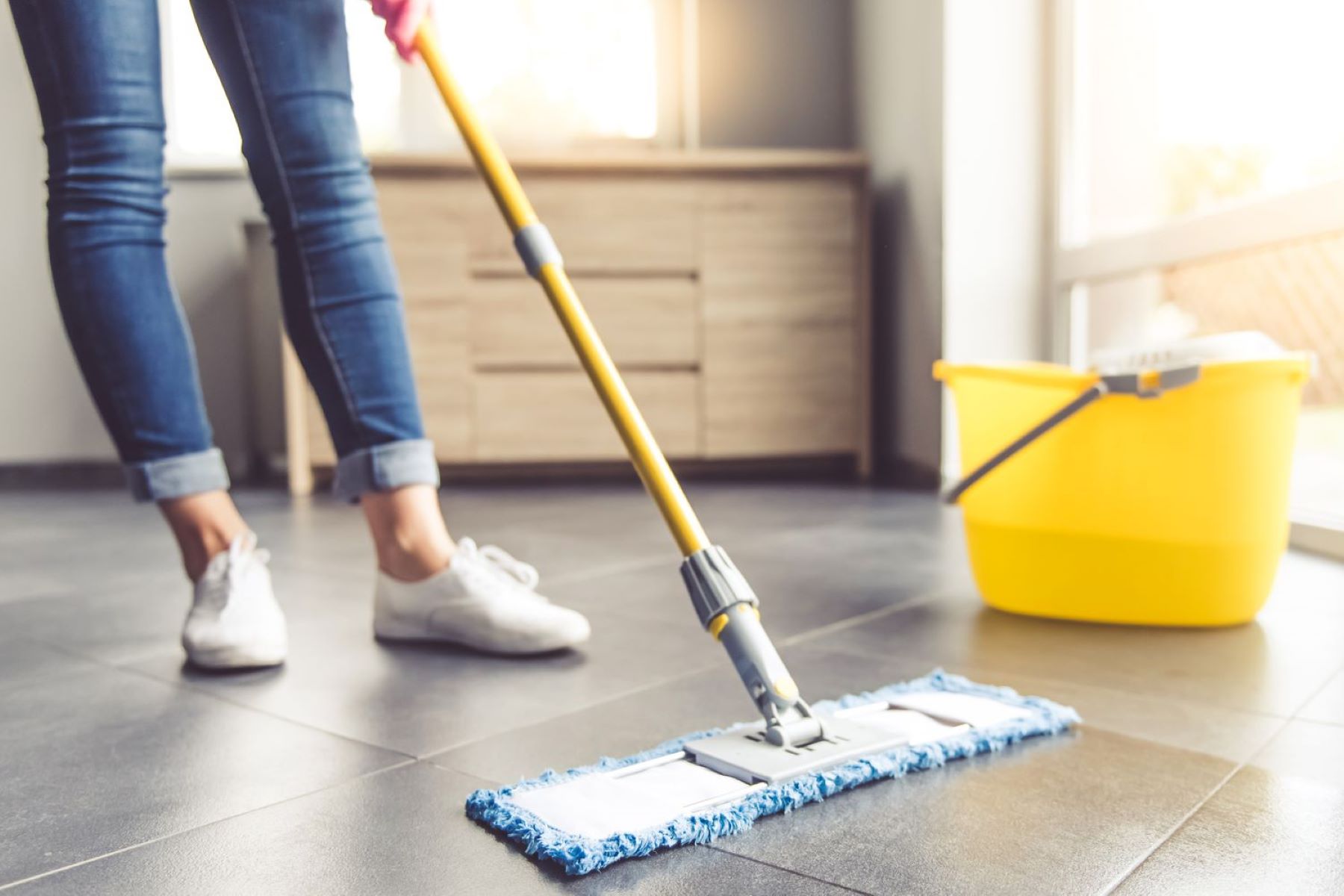
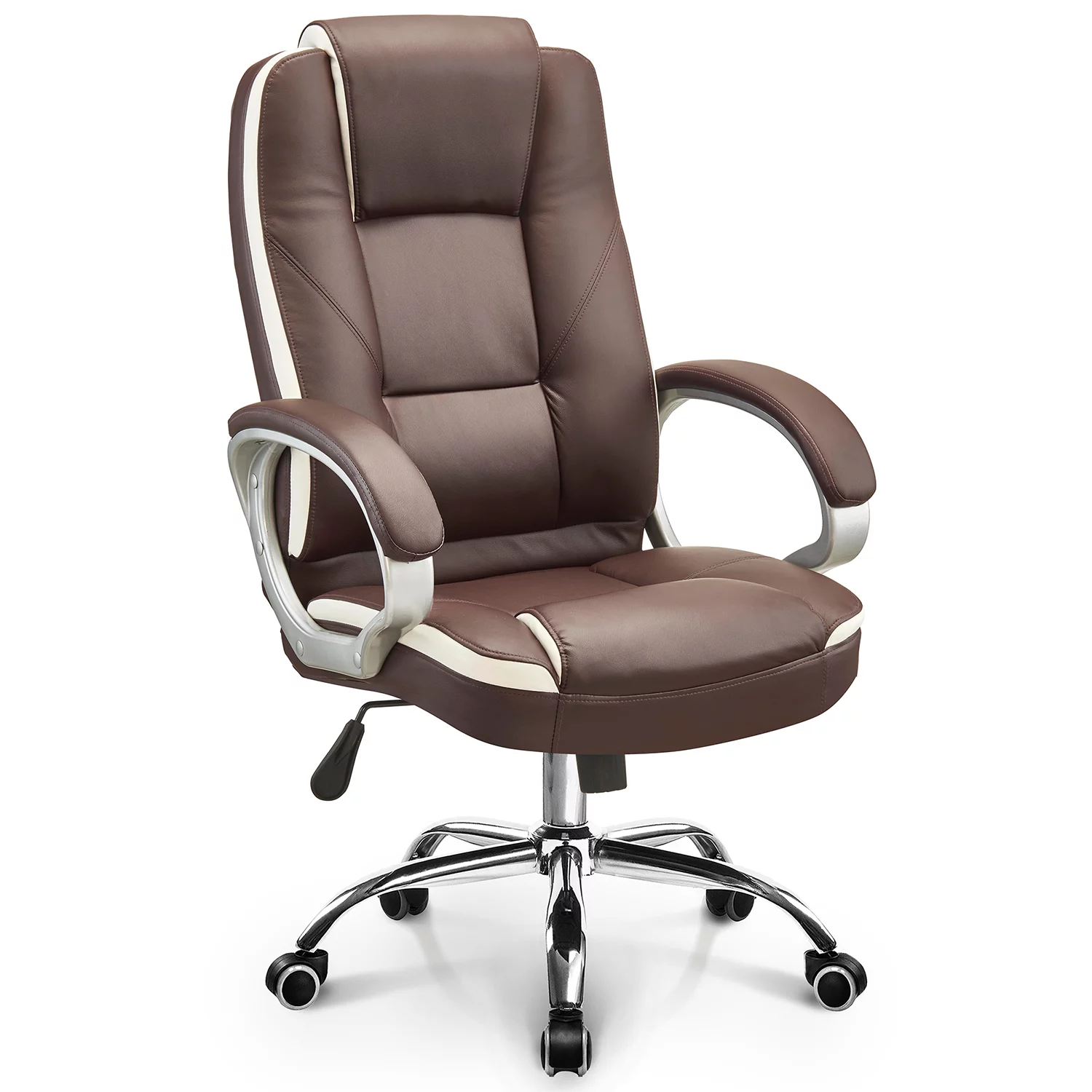


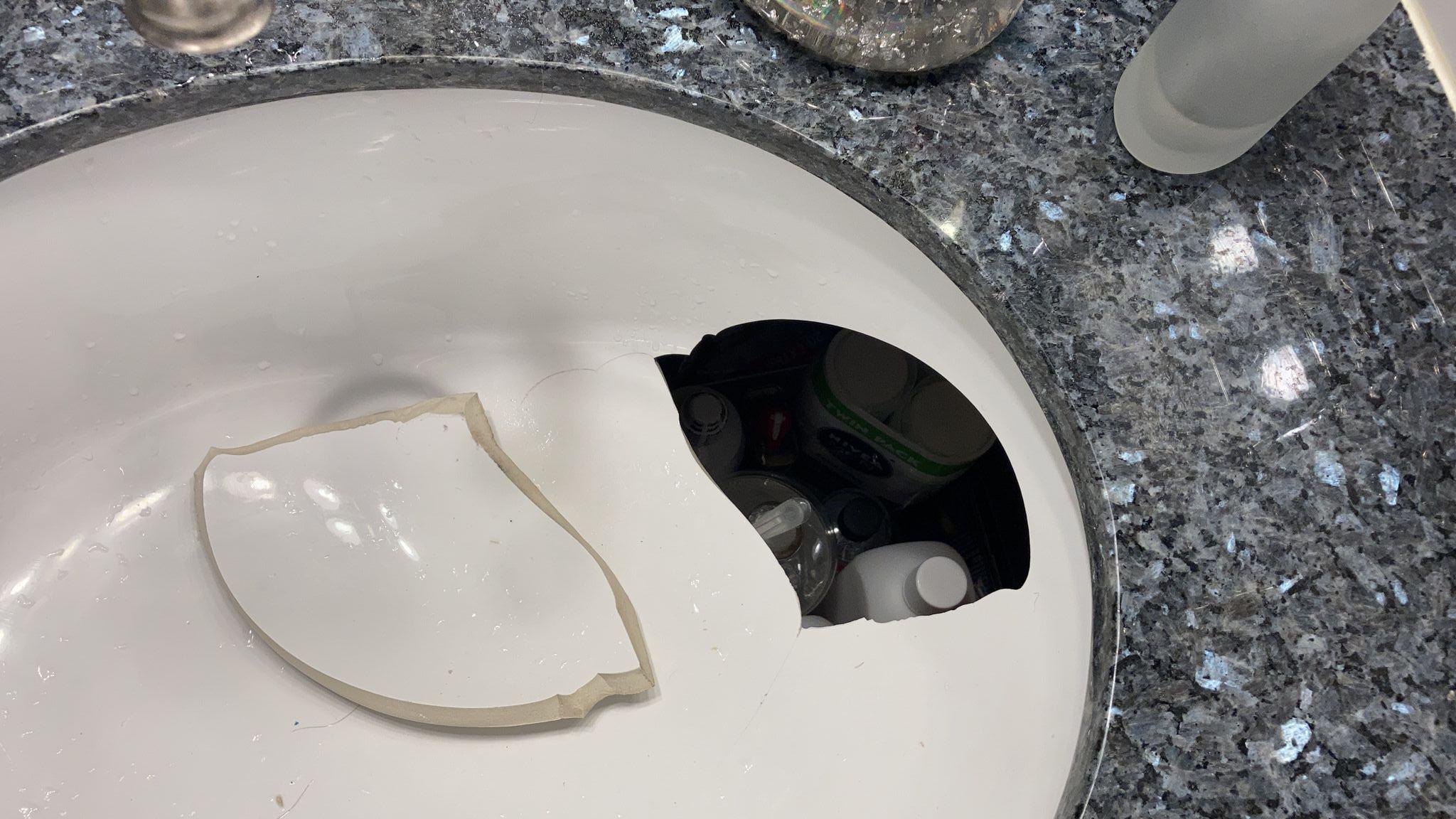





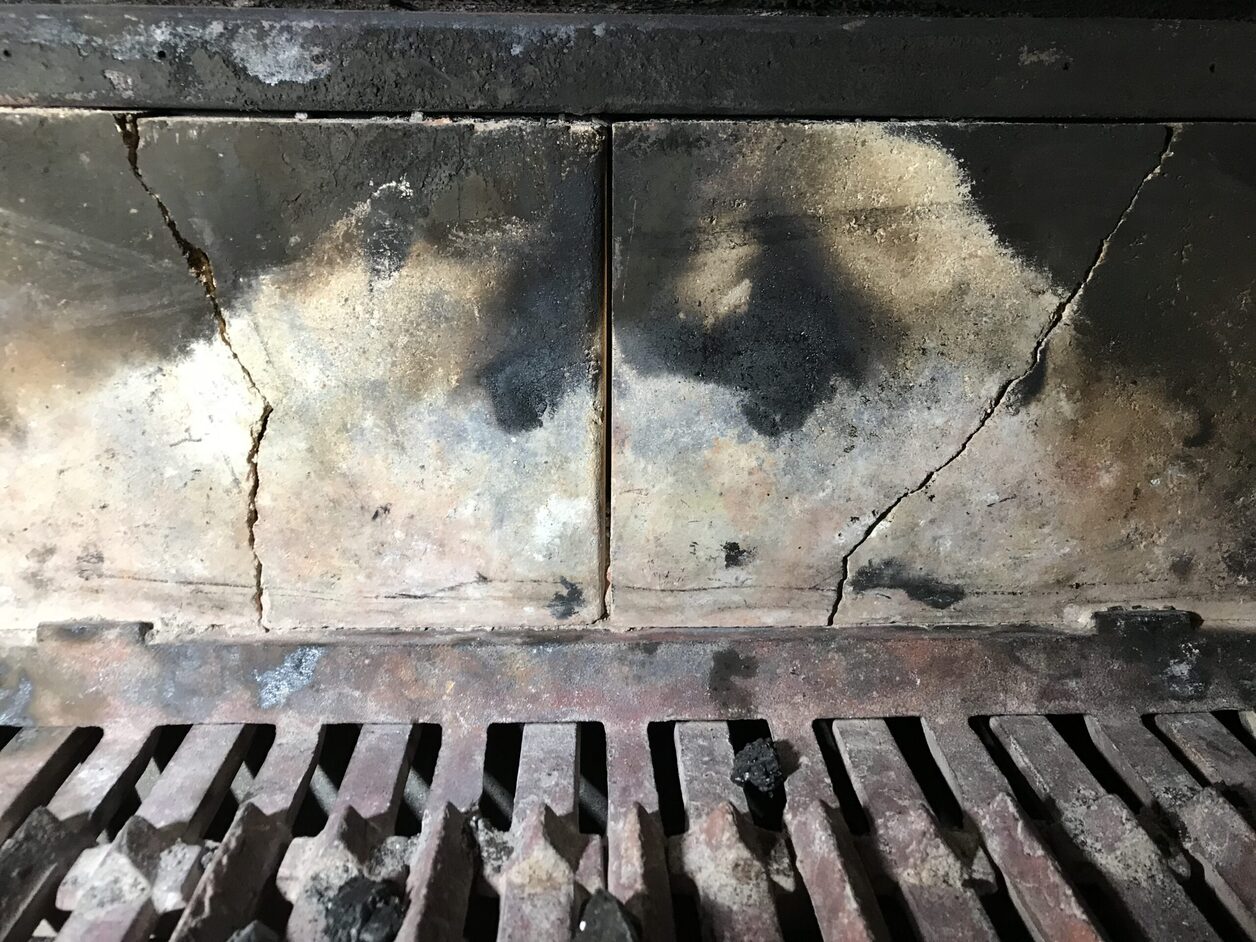
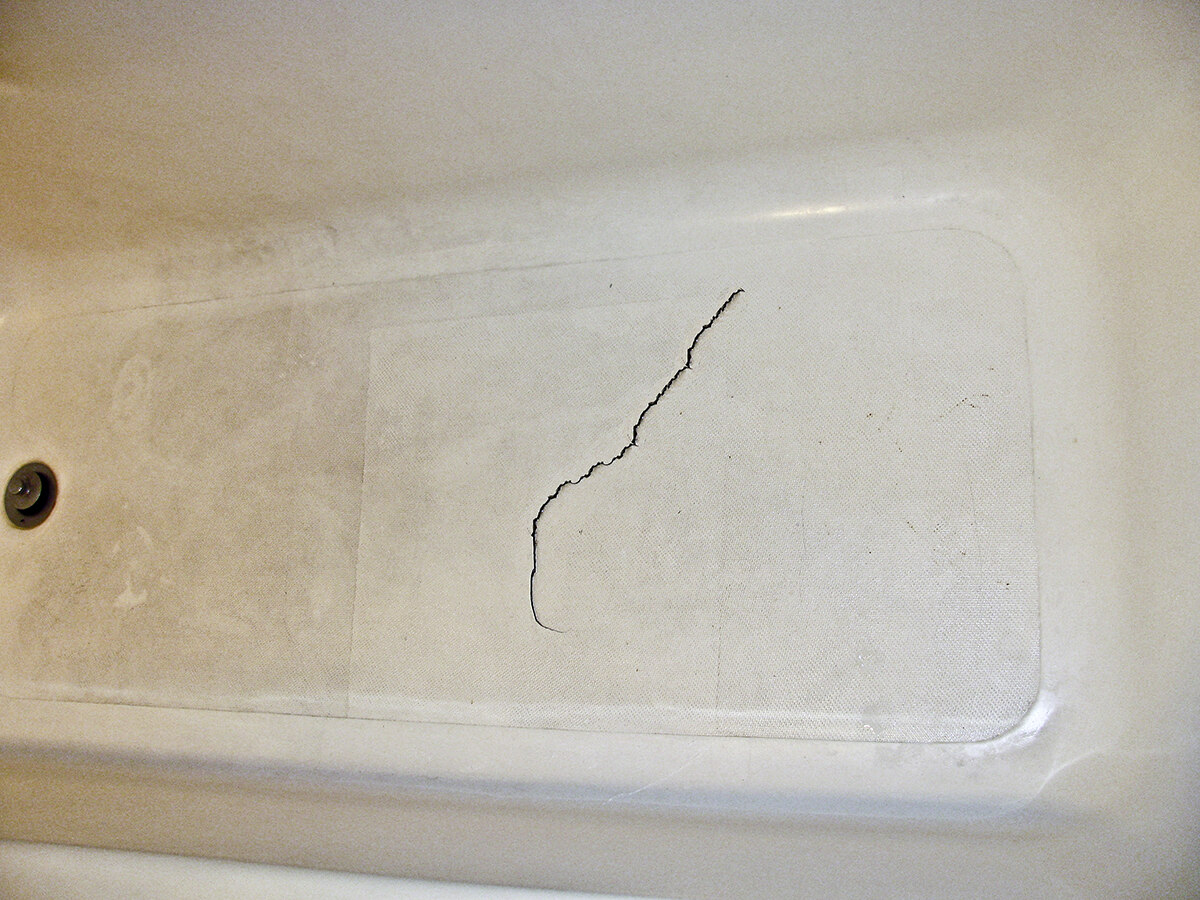


0 thoughts on “How To Crack Your Back In Bed”